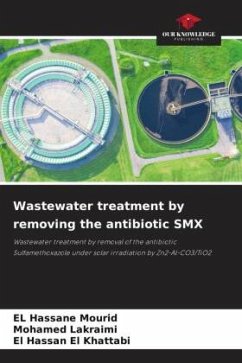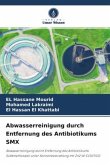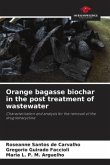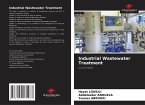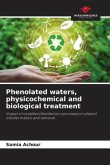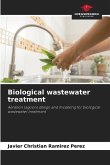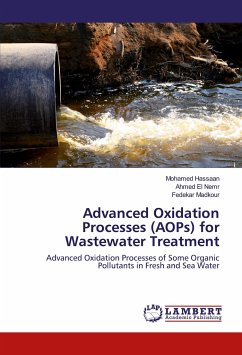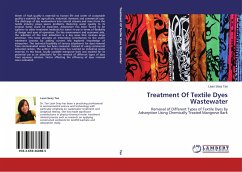The aim of this study is the development of a new photocatalyst based on a calcined double layer hydroxide impregnated with TiO2 for the degradation of the antibiotic sulfamethoxazole under UVA radiation. The most widely used catalyst TiO2-P25 has high photocatalytic activity, but the difficulty of its removal and regeneration remains a major drawback. To solve this problem, we developed the HDL-TiO2 nanomaterial to investigate its performance and recyclability to reduce drug contamination in water, which is a threat to public health and water resource quality. The massive use of antibiotics reveals their release in nature, which leads to toxicity for aquatic organisms and thus develops resistance of aquatic bacteria to these products. After the catalytic process performed by hydroxyl radicals, six intermediate photoproducts were detected by HPLC-MS technique, and subsequently their total mineralization was confirmed after COD analysis. The regeneration study of the HDL-TiO2 catalyst - excellent recyclability
Bitte wählen Sie Ihr Anliegen aus.
Rechnungen
Retourenschein anfordern
Bestellstatus
Storno

